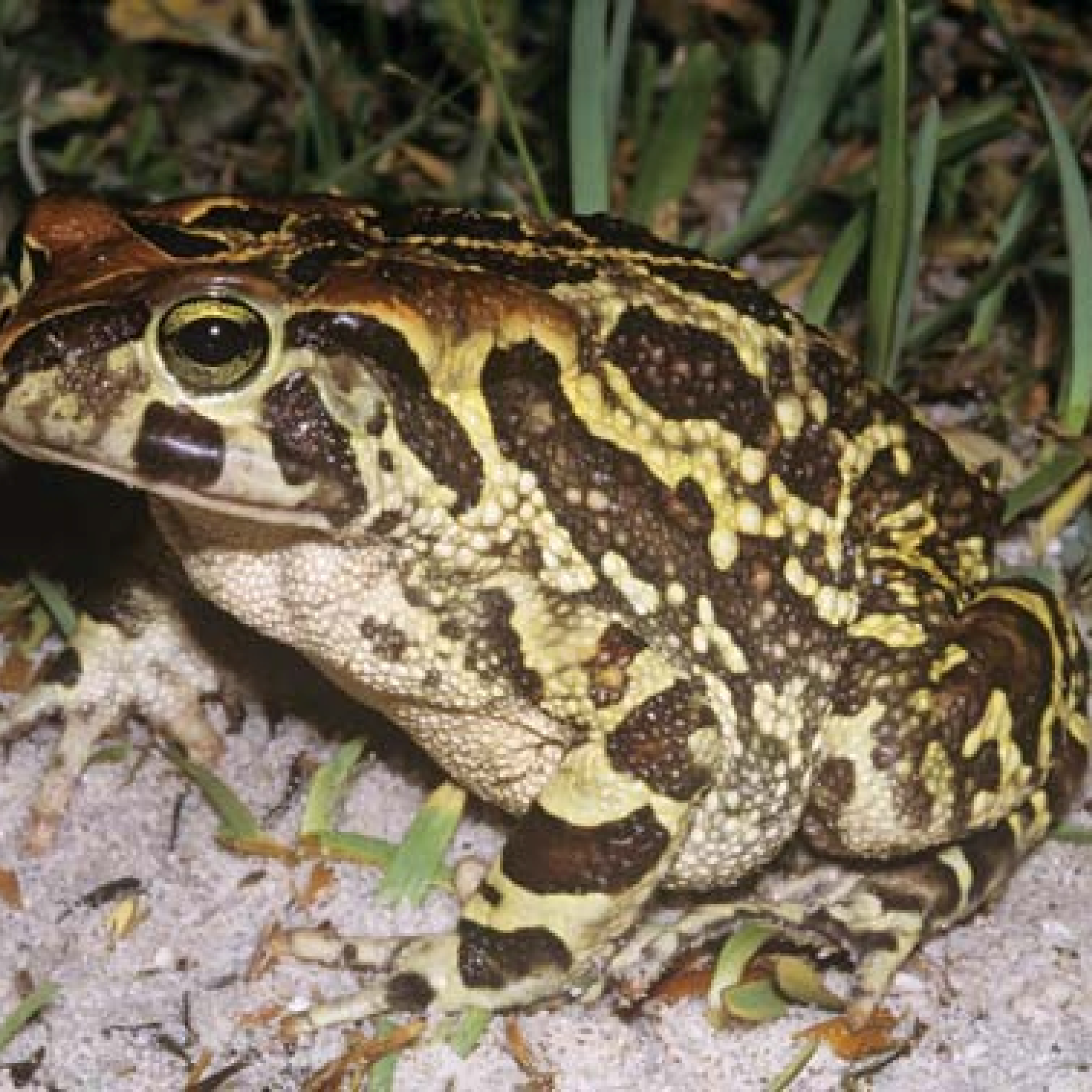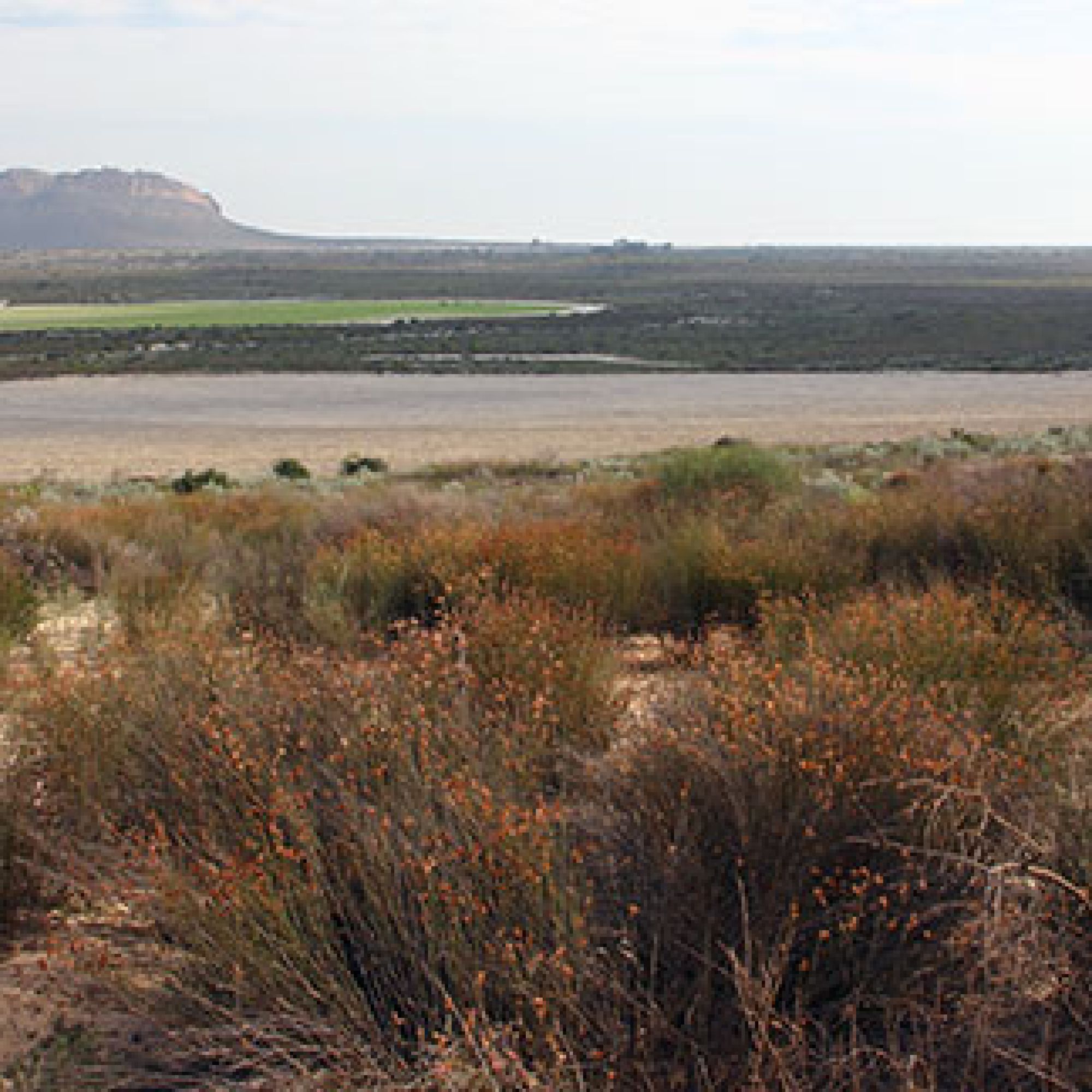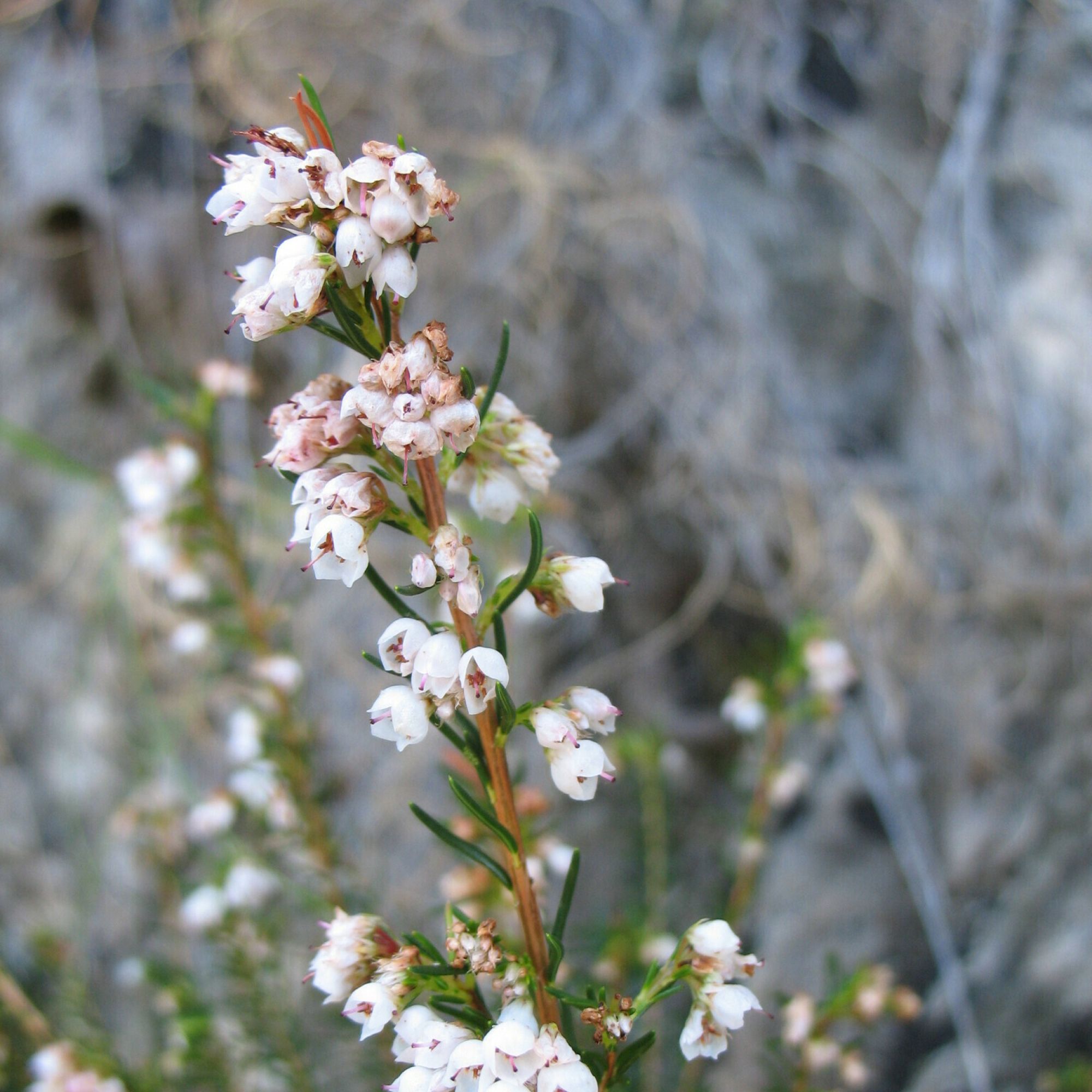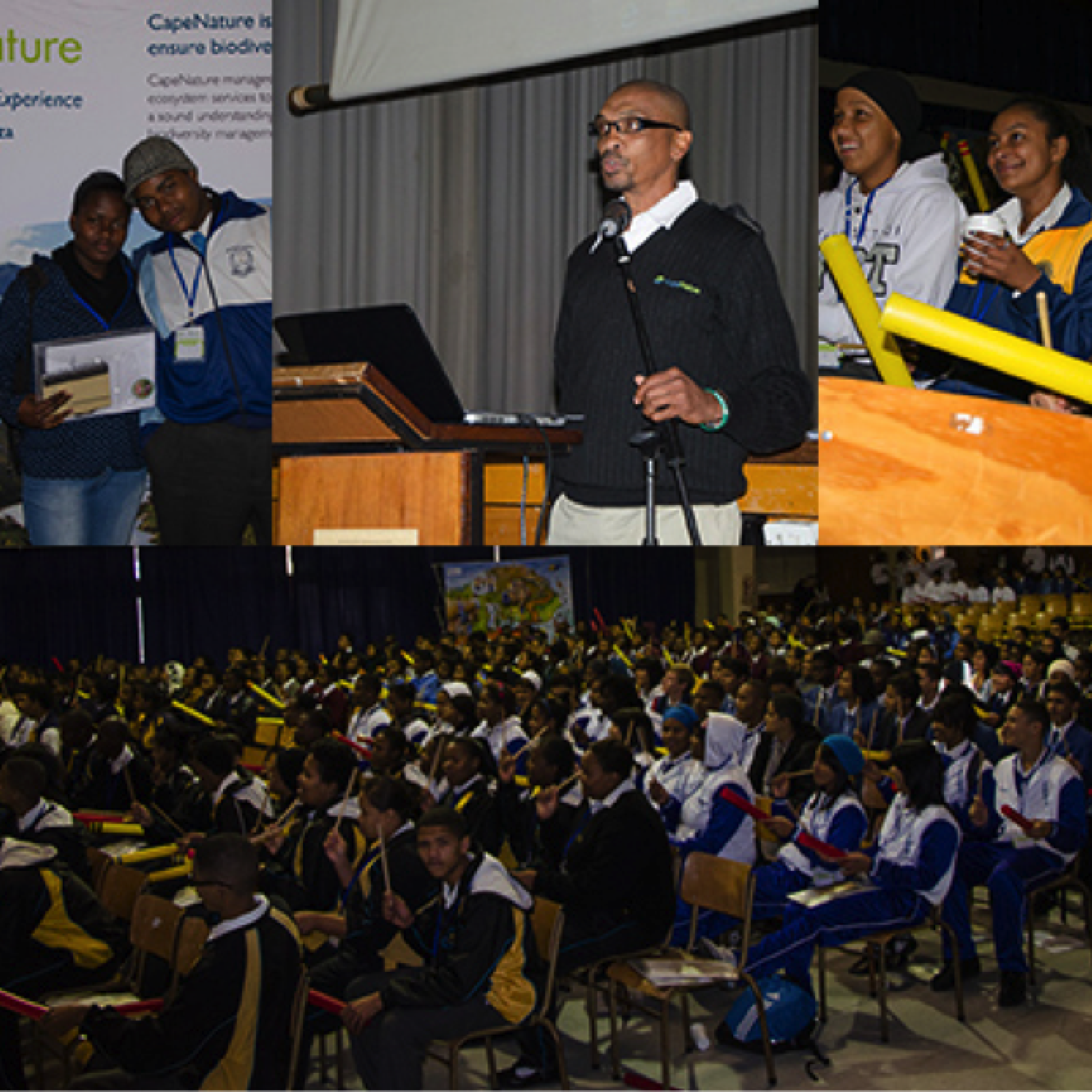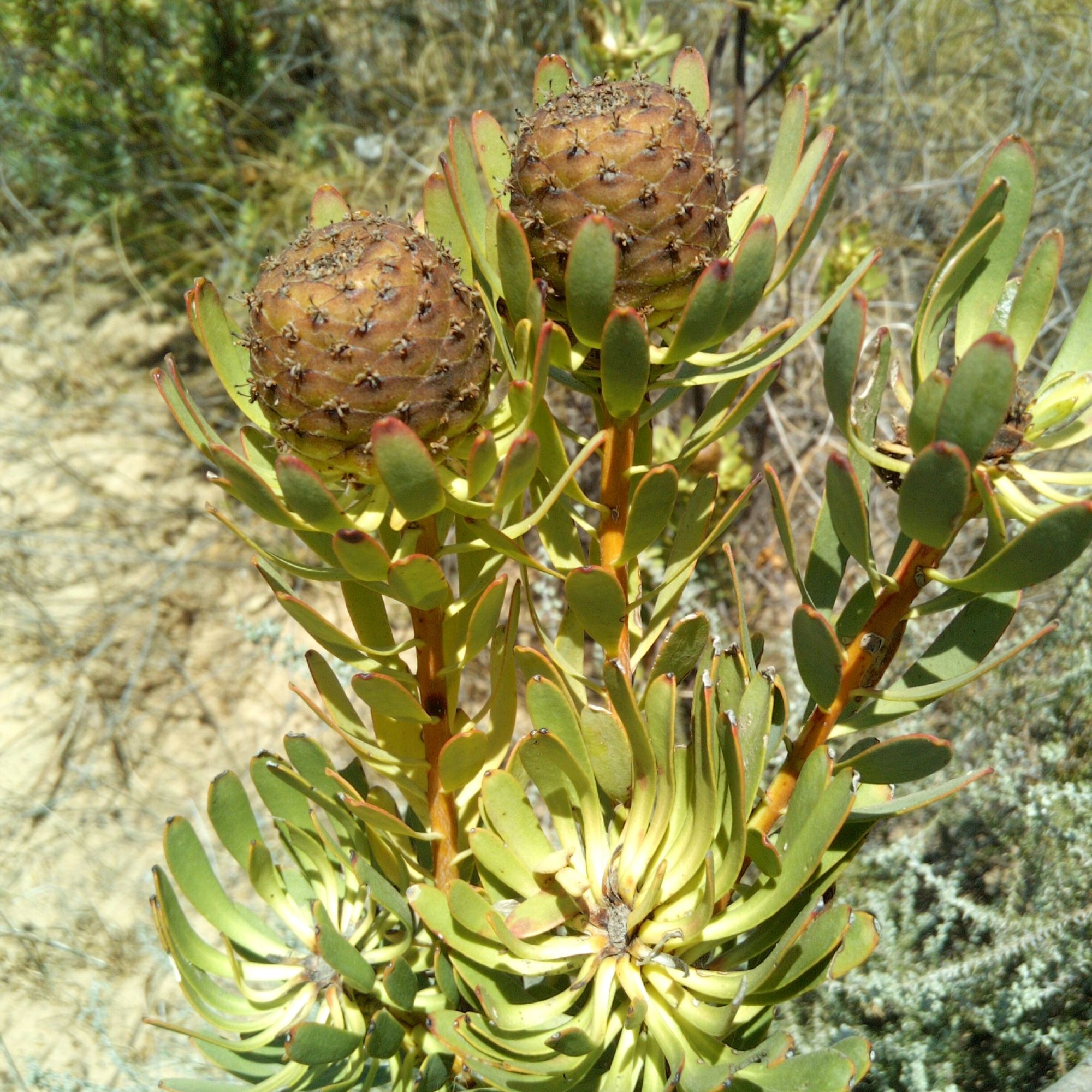Landscape West
Overview
Landscape West is diverse, comprising the City of Cape Town metropole and the West Coast District Municipality areas of jurisdiction, including the local municipalities of Swartland, Saldanha Bay, Bergrivier, Cederberg and Matzikama. Landscape West comprises marine and coastal habitats, lowlands, mountain catchment areas and arid landscapes such as the succulent Karoo. The landscape transitions from a densely populated urban environment in the south to a more rural landscape characterised by towns and villages, agricultural and natural areas towards the north and east.
The Landscape West protected areas network represents the lowlands, characterised by lowland fynbos and seasonal wetlands restricted to the plains lying between the coast and the foothills of the mountains, transitioning into renosterveld and mountain fynbos as one heads eastwards into the mountain ranges of the Grootwinterhoek and the Cederberg. North and east of the Cederberg, the landscape becomes arid, transitioning into succulent Karoo. The lowlands are incised by major rivers such as the Berg and Olifants rivers.
The coastal zone is characterised by the influence of the cold Benguela current and associated habitats such as seashore vegetation and strandveld. Coastlines of the landscape are characterised by rocky shores and kelp beds, interspersed with pockets of sandy shores subjected to high-energy wave action, estuaries and pans. Significant estuaries include the Berg River estuary, Verlorenvlei and the Olifants River estuary.
Protected areas include Riverlands, Ganzekraal, Dassen Island, Rocherpan, Bird Island, Kasteelberg, Grootwinterhoek, Cederberg and Matjiesrivier, and the Knersvlakte nature reserves.
Related Reserves
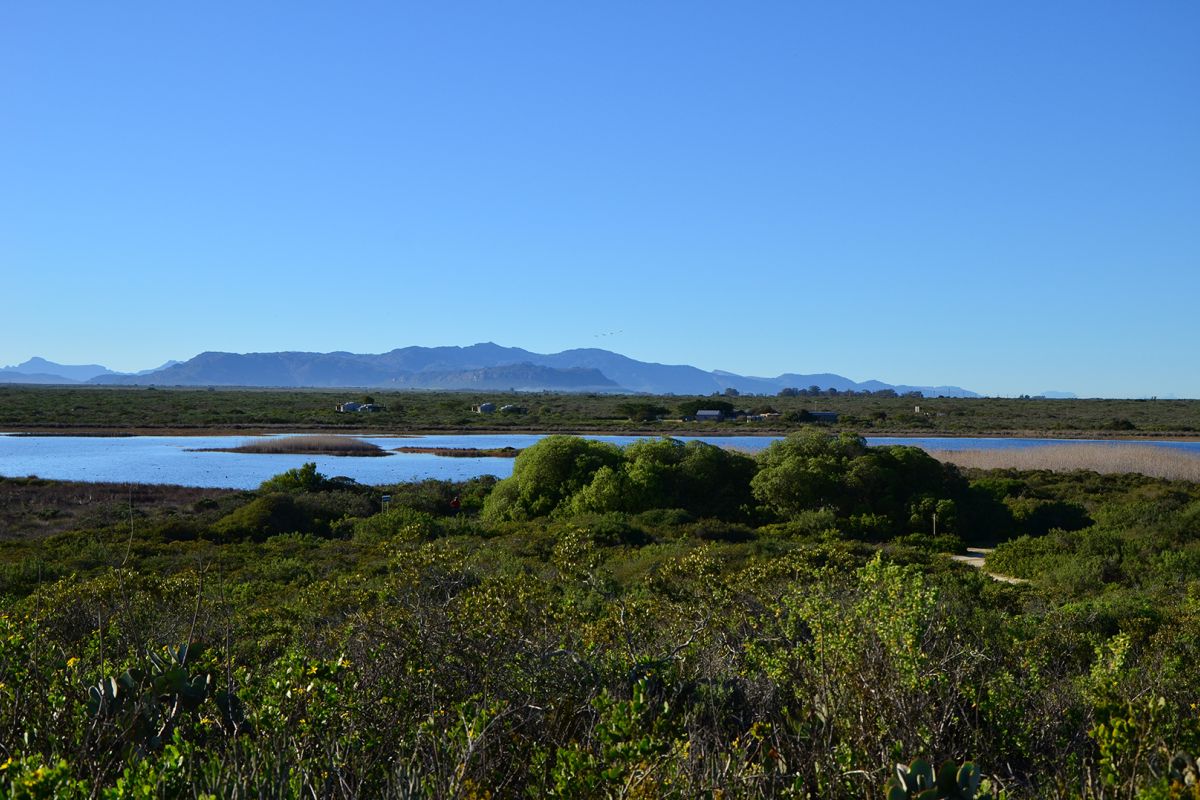
Rocherpan Nature Reserve
Rocherpan is a coastal nature reserve teeming with birds and colourful wildflowers. The reserve, which lies 25km north of Velddrif on the Cape West Coast, consists largely of a seasonal vlei that is usually dry during the Summer months.
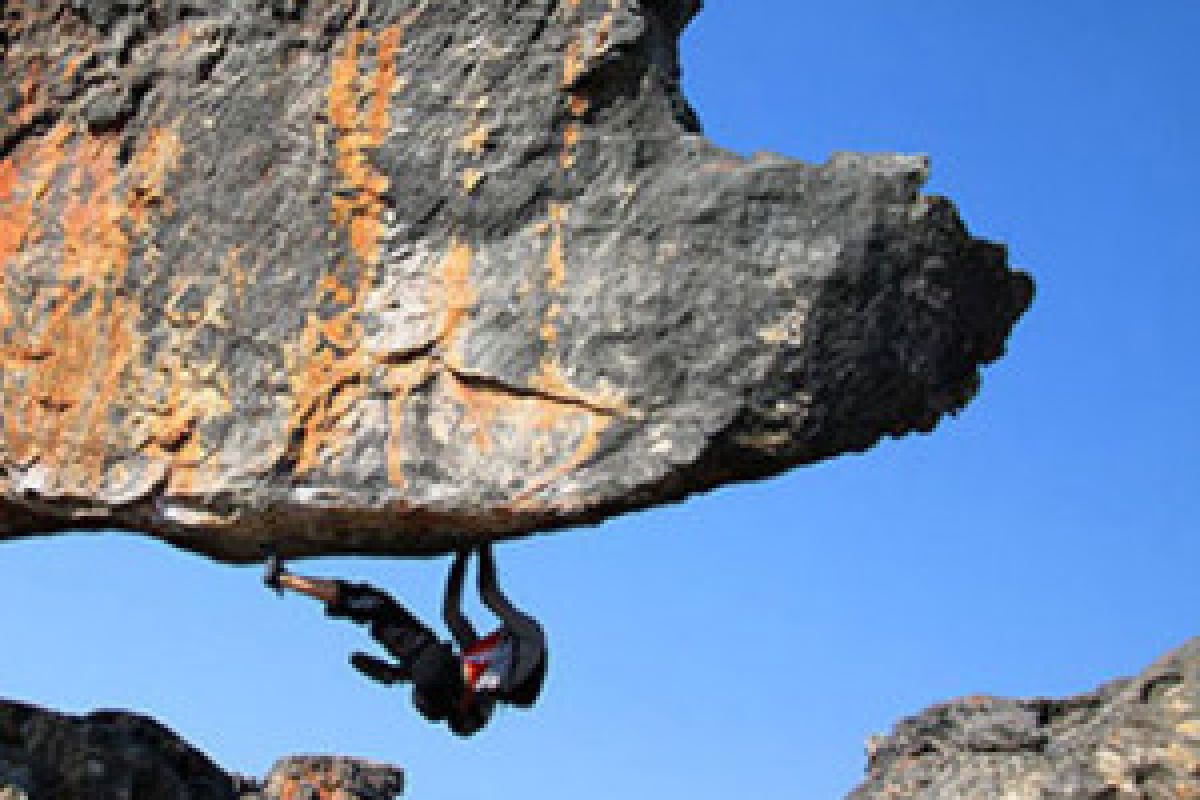
Rocklands in the Cederberg
The Rocklands area forms an integral part of the Cederberg Wilderness and is also proclaimed as a World Heritage Site. Rocklands also includes the areas at CapeNature’s Kliphuis, and partner properties at de Pakhuys, Traveller's Rest, Agter Pakhuis and Kleinfontein. It is a world famous bouldering destination with the bouldering season lasting from 30 April to 01 October every year.
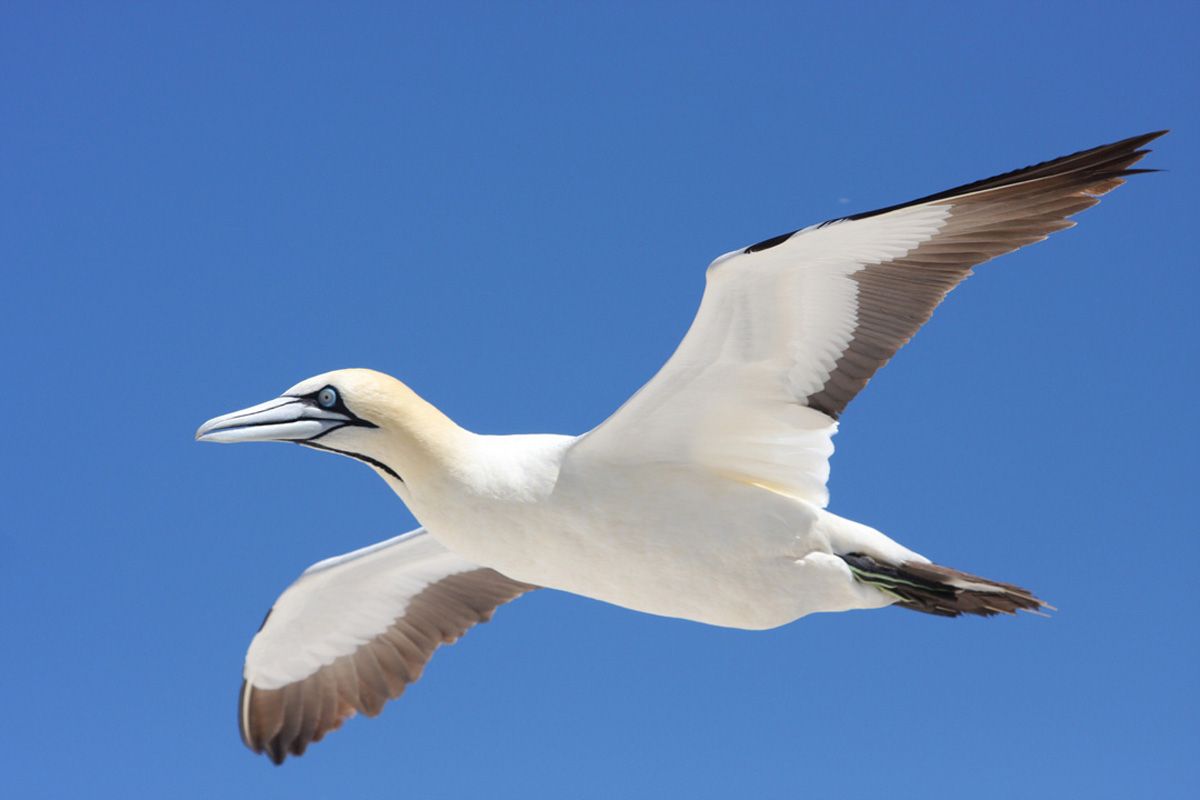
Lambert's Bay Bird Island Nature Reserve
Bird Island lies about 100m off the shore of Lambert's Bay on the Cape's West Coast. It offers visitors a rare opportunity to see the blue-eyed Cape gannet up close. Bird Island is one of only six sites world-wide where Cape gannets breed, and it is the only breeding site easily accessible to the public.
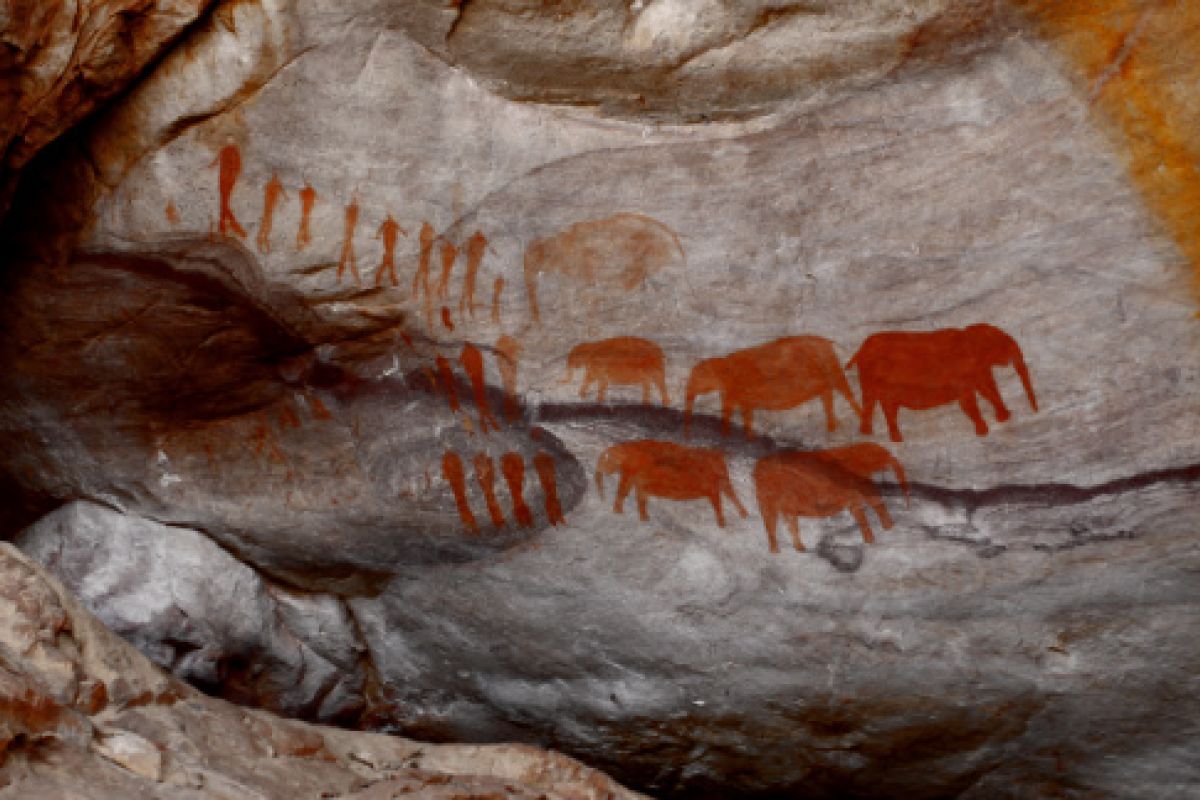
Matjiesrivier Nature Reserve
Proclaimed as a nature reserve in 2000, and inscribed as a World Heritage Site in 2014, Matjiesrivier Nature Reserve occupies a very special part of the Western Cape. The 12 800 hectare nature reserve is located in the ecotone where the transition of Fynbos and Succulent Karoo vegetation interface.
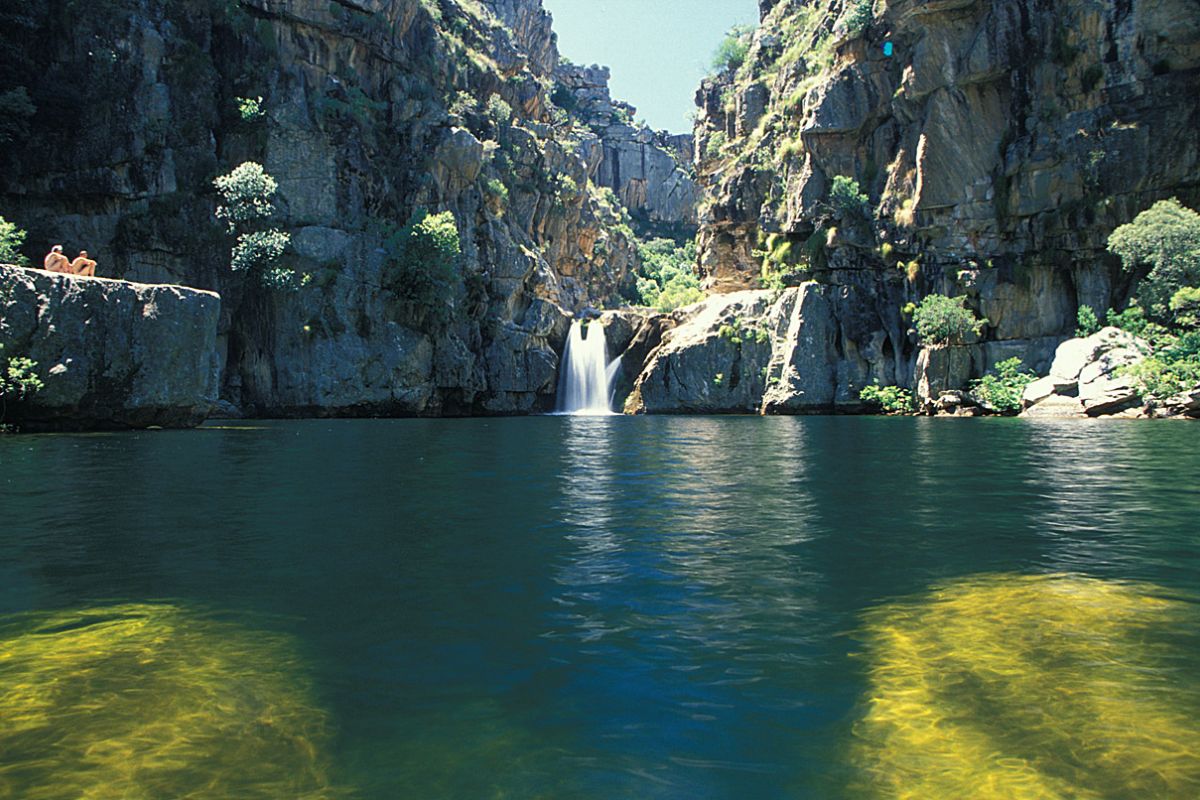
Groot Winterhoek Wilderness Area
The Groot Winterhoek Wilderness is known for its rugged, wild landscape, with exceptional rock formations carved by the elements. This mountainous area lies about 120km north of Cape Town, near Porterville.
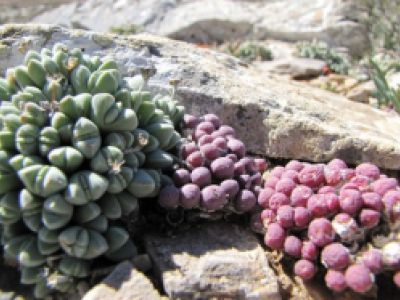
Landscape West vegetation
The Greater Cape Floristic Region consists of the Core Cape Subregion and the Extra Cape Subregion, better known as the Fynbos Biome and the Succulent Karoo Biome respectively. These biomes are considered two of Earth’s biologically richest and most endangered terrestrial ecoregions or biodiversity hotspots. Only four centres of endemism have been recognised in the Succulent Karoo, of which the Knersvlakte is one.
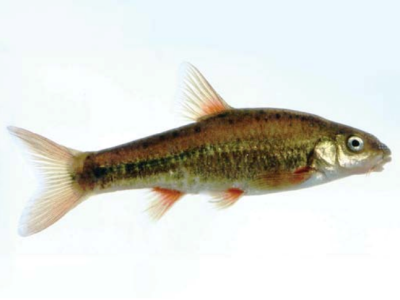
Landscape West animals
Hidden away in the crystal-clear headwater streams of the Cederberg mountains lies one of the best-kept secrets of the western landscape, a freshwater fish community like no other. The Olifants/Doring River system is a national hotspot for fish endemism and, should you brave the cold water for some snorkelling in the Rondegat River at Algeria campsite, you will catch a glimpse of two species of redfin minnow, yellowfish and even some rare rock catlets. Terrestrial fauna, big and small, are also abundant in this region.
Landscape West conservation programmes
Wildlife regulation, protected area management and species conservation are core functions. Activities include priority species and ecosystem monitoring, invasive vegetation management, fire management, wetland restoration and species conservation, and law enforcement. In these endeavours, we work closely with communities, landowners, partners and scientists.
Climate-change mitigation is applied in four landscape nodes. Climate change is mitigated though climate-change corridors, where CapeNature and partners work with communities, landowners and industry to create stepping stones of nature in the landscape for connectivity of ecosystems and species migration. The aim is environmental resilience through nature conservation, implementation of environmental best practice by industry and socio-economic development.
Focus areas include:
- Cape Town’s Biodiversity Network where CapeNature’s only urban nature reserve, Driftsands, protects the largest intact remnant of threatened Cape Flats Dune Strandveld and associated dune slack wetlands
- The Dassenberg Coastal Catchment Partnership, where the Ganzekraal Conservation Area, South Africa’s largest new protected area in highly threatened and poorly conserved lowland and coastal habitats, and Riverlands, important for its high concentration of threatened lowland fynbos species, are core conservation areas
- The Greater Cederberg Biodiversity Corridor, where core conservation areas include the Cederberg Wilderness Area and Matjiesrivier, a World Heritage site known for its Khoi San heritage. evident in its rock art. The wilderness area is dotted with Clanwilliam cedars at high altitude and rock formations such as the Maltese Cross, Wolfberg Arch, Stadsaal Caves and Kluitjieskraal. The corridor includes the iconic Sandveld region and Verlorenvlei estuary. Threatened species conservation includes restoration of freshwater fish habitats and wetlands
- The Knersvlakte Nature Reserve, representing the Succulent Karoo Biome, the world’s only arid biodiversity hotspot, with its undulating plains and mosaic of quartz fields, exposed shale beds, dolomite outcrops, and red sand plumes. Highly conspicuous are the pebble-strewn quartz fields, characterised by a dense layer of white, angular quartz stones
Reserve conservation programmes
Related projects
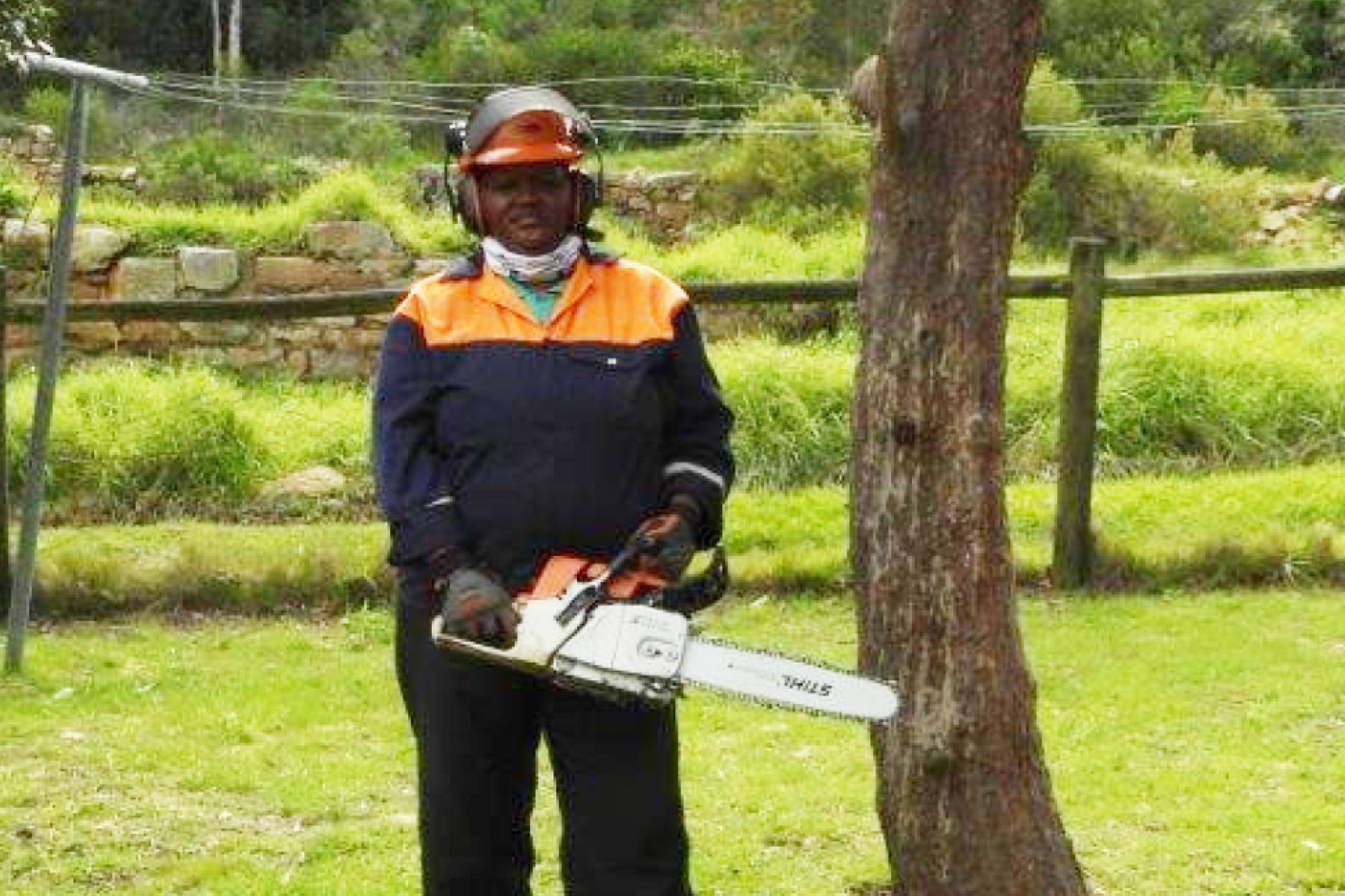
Celebrating gender equality in conservation
There is a number of women working at CapeNature in so-called non-conventional roles. The entity is known for creating an enabling environment where women employees can thrive and progress.

